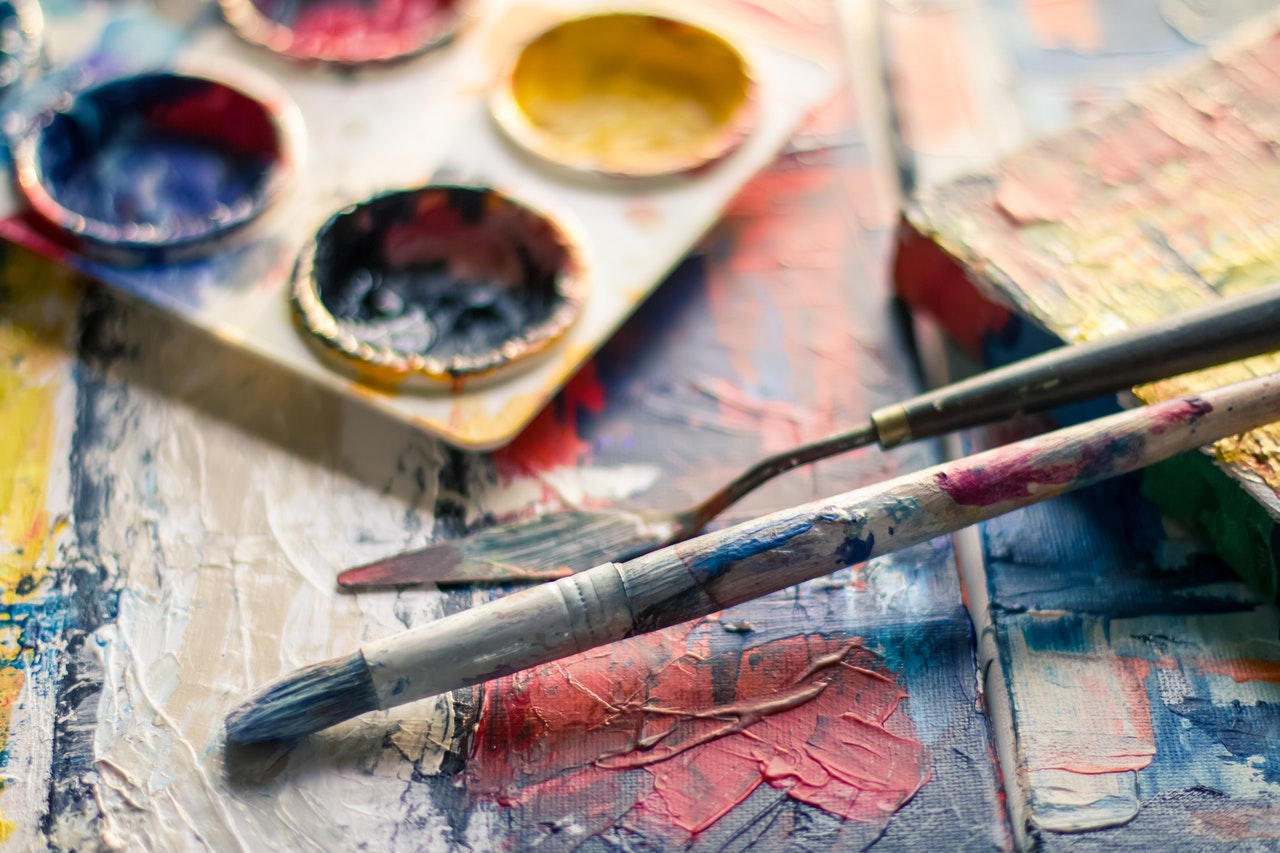We all have an idea of how technology has been changing art. Today, art comes in so many ways apart from painting, sculpture, photography, etc. Digital printing is one of the more popular media. With software such as those part of the Adobe Creative Cloud and hardware such as the iPad Pro, people are more able to explore art in a digital way. 3D printing is also a leading medium today. Through this technology, drawings or photographs can be turned into sculptural works through printing.
But are we familiar with the way technology is changing the way art businesses are run and even become successful? After all, we must never forget that art is also a business. Artists also need to consider how they would be able to keep their artworks safe, how to sell them, and how to raise awareness about them. There are many technological advancements today that are helping art businesses become successful. Here’s how.
Security
The first and, frankly, most important thing about art is its security. Because art pieces, especially the ones created by well-known artists, have a very high value. Art galleries are one of the most heavily-guarded buildings in cities. It’s why stealing art from galleries and private collections makes heists movies quite thrilling stories. In art galleries, it’s standard to have the usual security measures. Cameras are placed strategically around the building to keep an eye on the works of art at all times. There are air systems and sprinkles should there be a fire. Security guards are also roaming around the building.
But advancements in tech have been upgrading the security system in galleries. For one, vibration detectors are placed behind the frame of paintings. This way, if the pieces so much as rock, alarms would be triggered. Remote monitoring is also quite popular these days. Yes, there are onsite security guards who can monitor the cameras. But it also helps if staff can also monitor art pieces remotely.
But, of course, security for art doesn’t just stop in art galleries. It’s also important in the art industry that art is secured after being purchased. A prime example is residential asset tracking for individuals who own very valuable pieces of art. This way, people can protect their purchased art right at home.

Marketing
Much like any other industry, the art industry banked on the rise of social media. People are simply online all the time. So if we want our work to be noticed and gain traction, then marketing through social media is the way to go. Social media pages are created solely to advertise pieces of art.
The great thing about this is that art businesses can reach a wider set of audience. They can engage with prospective buyers even if they’re located across the world. So, in a way, social media pages of art businesses are their own form of virtual galleries.
But social media does so much more than just advertising art. It also helps in selling it. E-commerce and online auctions are becoming a driving force in the art industry. In fact, today, online art sales are valued at over $4.5 billion. Experts predict that sales may increase to $9.32 billion by 2024.
Art Reproduction
The ultimate dream for many of us to own pieces created by masters from Leonardo da Vinci to Andy Warhol. But, unless we have a lot of money to our name, we can’t invest in such works of art. With art reproduction or art prints, though, anything is possible.
Technological advancements in art reproduction helped more people to appreciate and own pieces of art. Art reproduction has always been a hot debate in the art industry. It’s not at all the same as forgeries, which are often handmade copies aimed to fool people into thinking that they’re the original. Art reproductions that are created digitally are a different matter. They are created to be sold to those who want to own specific art pieces. But they don’t have the financial means to purchase the original.
Many art experts would argue that digital art reproductions are ruining the true essence of art. But no one can deny that this is an advancement in technology that makes quite an impact on the art industry. Because the quality of the reproductions significantly improved, people have become more confident in buying reproductions.
With the ways technological advancements are impacting the art industry, we can’t deny the fact that this will continue. There will be more devices and applications that will help business owners in the industry. Much like art itself, the industry will never remain static because of the influence of technology.